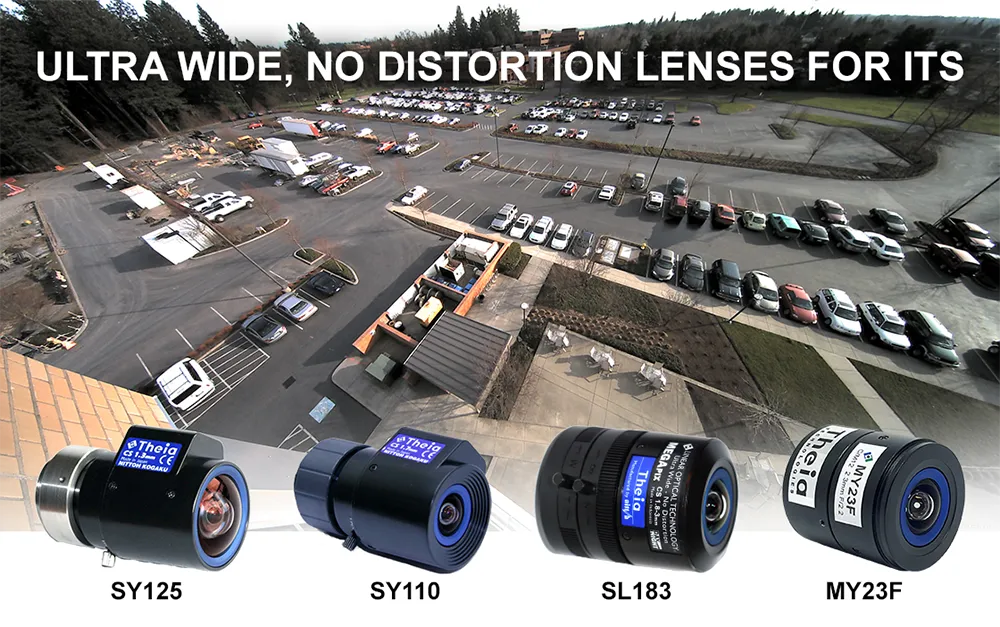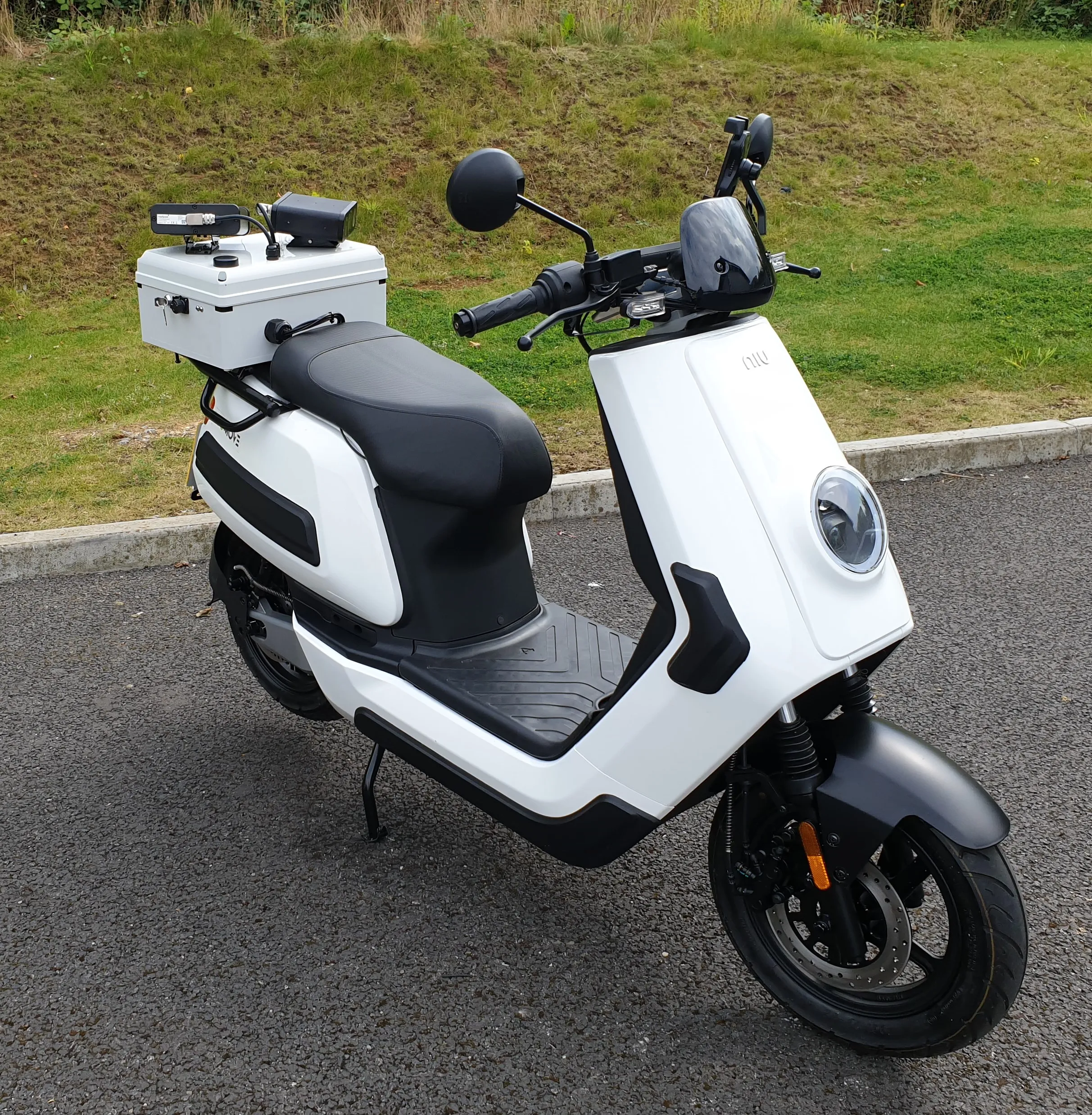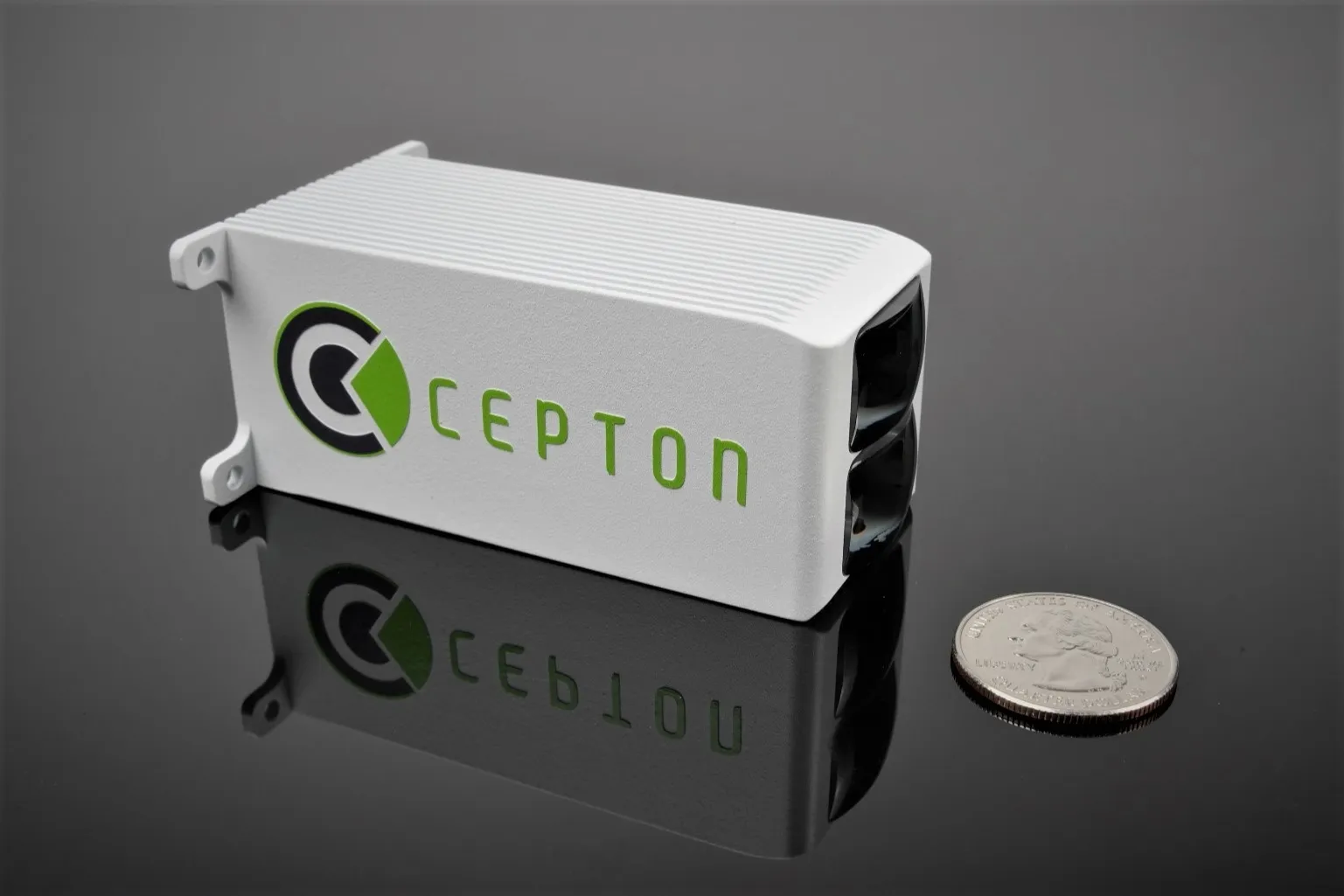Teledyne Dalsa is to launch three Genie Nano cameras equipped with Sony CMOS sensors which it says can be used for ITS and traffic applications.
The Genie Nano 2.4M, M1950 and C1950 models offer a cost-efficient solution for organisations looking to upgrade vision inspection systems from Sony charge-coupled device (CCD) to CMOS imaging, the company adds.
According to Teledyne, the M1950 and C1950 enable high-speed image capture without smear or distortion while the 2.4M is built around the Sony Pregi
April 16, 2019
Read time: 1 min
The Genie Nano 2.4M, M1950 and C1950 models offer a cost-efficient solution for organisations looking to upgrade vision inspection systems from Sony charge-coupled device (CCD) to CMOS imaging, the company adds.
According to Teledyne, the M1950 and C1950 enable high-speed image capture without smear or distortion while the 2.4M is built around the Sony Pregius IMX392 ½” CMOS image sensors – the designated replacement for the ICX818 CCD sensors.
These Nano models are offered in 2.4 MP (1936 x 1216) resolution with a GigE Vision interface in either colour or monochrome.
Full production for the cameras is scheduled to begin in the second quarter of 2019.










